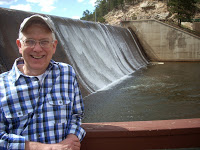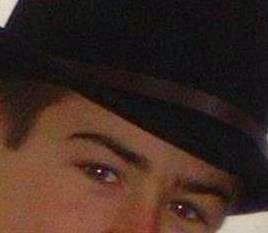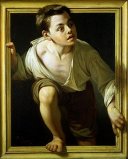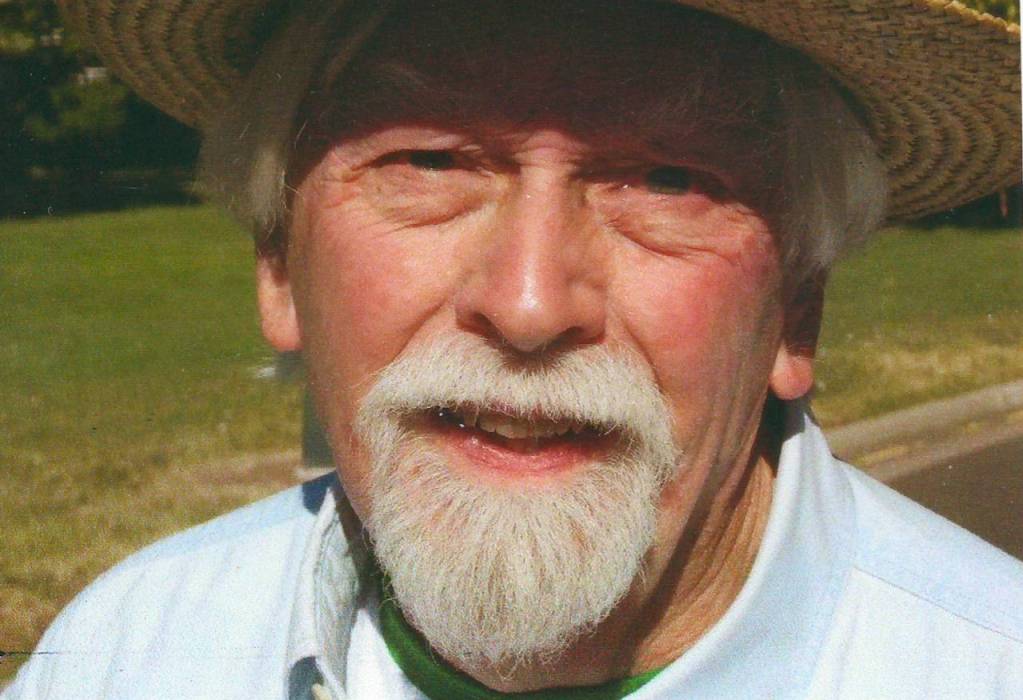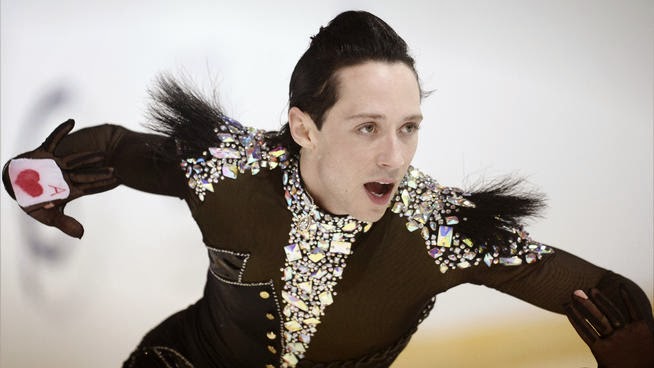biblical and artistic revelations combined for me in a most important way, one
that helped me realize the ultimate revelation of God’s love. I begin with the
image of a boy drawing illustrations of several visionary creatures in the
Bible. These word monsters had origins in the apocalyptic literature of the
Hebrew prophets, especially Daniel and several others whose writings were
deemed apocryphal or became part of the extra-biblical collection known as the Pseudepigrapha.
Jesus as a prophet was credited with some such images related to the
destruction of Jerusalem, and due to a fourth century CE decision, the New
Testament ends with one such: the memorable book, The Revelation to John. We
didn’t hear much about these writings in our church until Stan Lecher preached
a meeting one spring. He specialized in prophetic speculation in order to raise
a crowd. The magical world of knowing the future held great appeal and Lecher
knew how to use it. Although in my childhood I was too scared to be interested
in monster movies, I did find these images in the Bible quite intriguing, not
so much for their meanings about the future but simply for their inclusion in
the sacred book. For me, the phenomenon seemed much the same as when I later discovered
the Goodspeed translation of the Bible that used such clear words as ‘rape’ or
the erotic images in the Song of Solomon, or the image of God’s love for Israel
compared with the hopeless commitment of the prophet Hosea to his prostituting
wife. I was fascinated by the unacceptable being found within the content of
the holy. I still am.
sermons got boring I paged through the Revelation and entertained myself by
drawing these wild monsters: for instance, in Revelation 12 a great red dragon
with seven heads and ten horns and ten crowns on his heads and a tail that
swept down a third of the stars of heaven and threw them on the earth and whom
Michael and his angels fought; or in Revelation 13 a creature that rose from
the sea and looked like a leopard with feet like a bear’s and a mouth like a
lion’s and with horns and ten crowns; or in the same chapter another beast that
rose out of the earth and featured two horns like a lamb and the voice of a
dragon. I knew nothing of metaphor and symbol for I was a child as literal as
he could be. I didn’t know what else to do with these visions except to draw
them.
interested in my drawings, at least enough to put them in her purse. I don’t
know what became of those scratchings, but I do remember not knowing how to distribute
horns and crowns among the various heads of the angry monsters. Such is the
life of even the most literal of illustrators. Too many decisions, too much
specificity, and the revelations became a problem of literality and meaning.
But my memory of the experience is one of artistic decision making not unlike
what I face now when I am making paintings of centuries-old visions of the Ute
artists of Shavano Valley in western Colorado or of Cherokee interpreters at
Judaculla Rock on the Tennessee River in western North Carolina. I was making such
artistic decisions as a youngster. All those years ago I was an artist and, of
course, a frustrated one just like my son Michael years later when in disgust
he threw away some of this drawings because he couldn’t get them perfect. I
told him then what I wish someone had told the young me, that the art arises from
incorporating your mistakes, trusting that they may be as important to your
work as what you deem ideal. And to imagine that I was thinking somewhat that
way even as a youngster trying to fathom the images and truths of the wildest
symbols in the Bible.
in the process. For me, the art of living religiously grew to mean being able
to incorporate the common with the holy not to accommodate the sins of my own
life within a vision of a perfect God but rather because the authoritative book
of my religious upbringing declares that the murdering King David was in fact a
man after God’s own heart. My deeply artistic and deeply gay heart knew life
must recognize the good in all, in me. What a revelation!
mentioned before, I still feel that way.
lives in Denver and spends his time writing, painting, and socializing. In
general he keeps busy with groups of writers and artists. Following thirty-two
years in church work and fifteen in a therapeutic massage practice, he now
focuses on creating beauty. He volunteers at The Center leading the SAGE
program “Telling Your Story.”
at artandmorebyphilhoyle.blogspot.com
